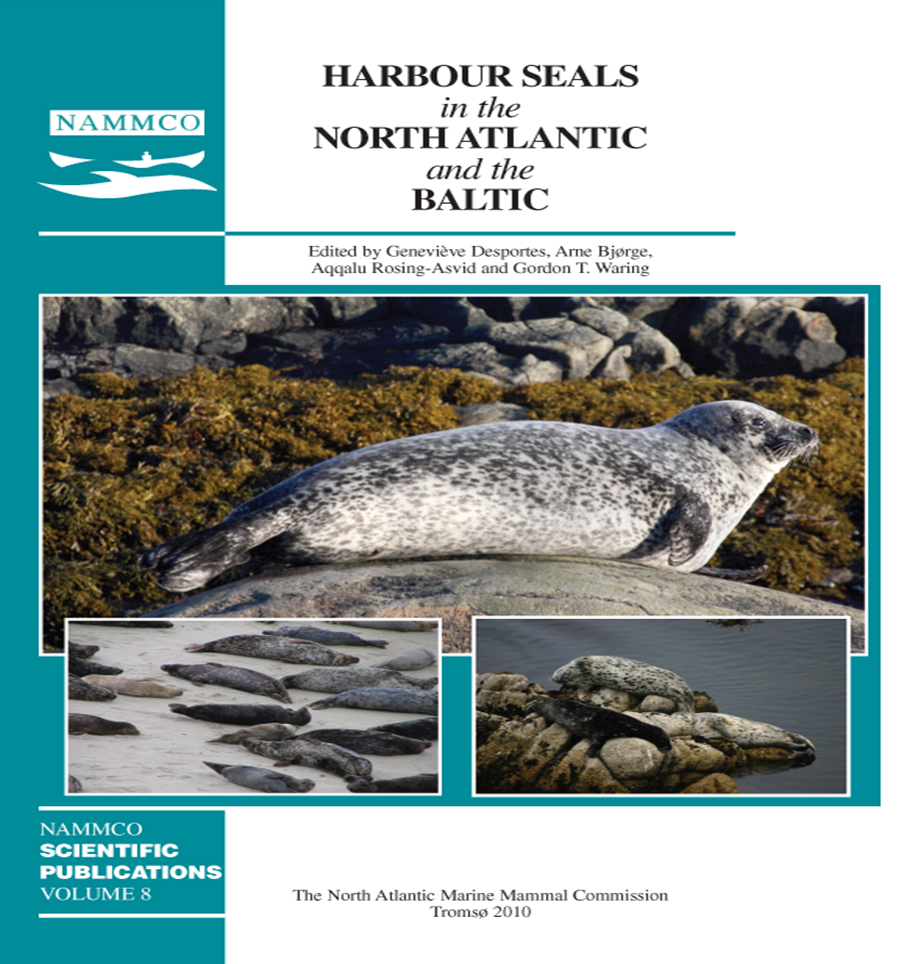The diet of harbour seals (Phoca vitulina) at the southern limit of its European distribution (Normandy, France)
DOI:
https://doi.org/10.7557/3.2696Keywords:
harbour seals, dietAbstract
Changes in habitat availability or resources are likely to have the biggest impact on survival or abundance of individuals found at the extremity of the population’s range. In the case of such marginal populations, the first step in designing appropriate conservation plans is the identification of potential risks to the viability of the population, or subpopulation. For example, the interaction between coastal seals and fisheries is often considered as a major conservation issue, due to the potential co-exploitation of the same resources by both fishermen and seals. The diet of harbour seals was investigated by scat analysis at the southern extremity of their European range, in Baie des Veys (Normandy, France). A total of 121 scats, analysed following standard methodologies, revealed a diet largely dominated by mullets, Mugilidae (49% by mass), plaice Pleuronectes platess (29% by mass) and garfish, Belone belone (19% by mass). The diet of harbour seals at the edge of their European distribution differs from all previous studies conducted elsewhere, in terms of species composition, but shows a similar balance between fat and lean fish. Overall dietcomposition suggests a low potential for interaction with fisheries as commercial fishery target species are almost absent.Downloads
Published
2010-09-01
How to Cite
Spitz, J., Mariotti, L., Ridoux, V., Caillot, E., & Elder, J. F. (2010). The diet of harbour seals (<i>Phoca vitulina</i>) at the southern limit of its European distribution (Normandy, France). NAMMCO Scientific Publications, 8, 313–328. https://doi.org/10.7557/3.2696
Issue
Section
Articles





